Explore the pivotal roles of Egyptian nobles in ancient Egypt, from governing provinces and leading armies to supporting religious institutions and fostering cultural advancements. Discover their enduring legacy through magnificent architecture, art, and historical influence.
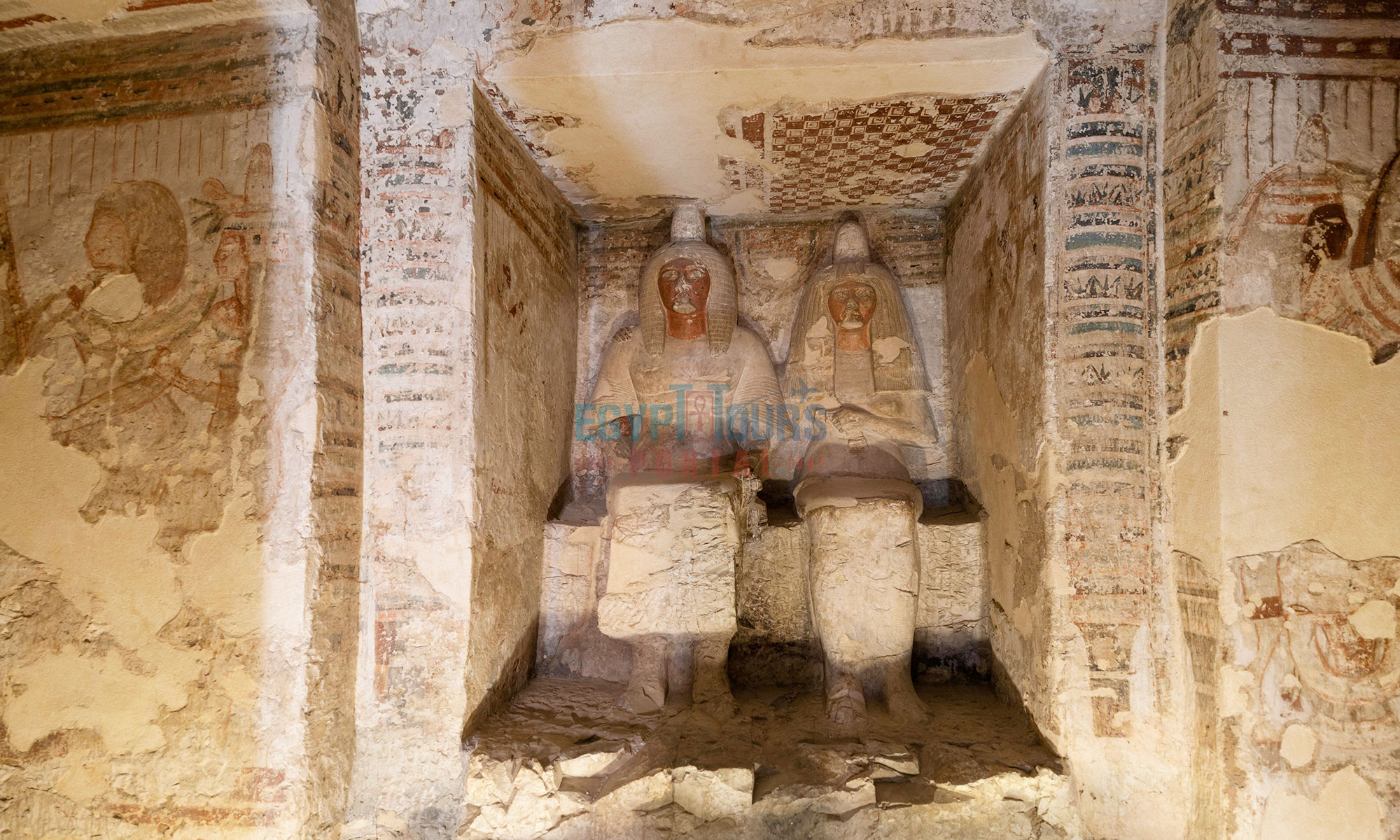
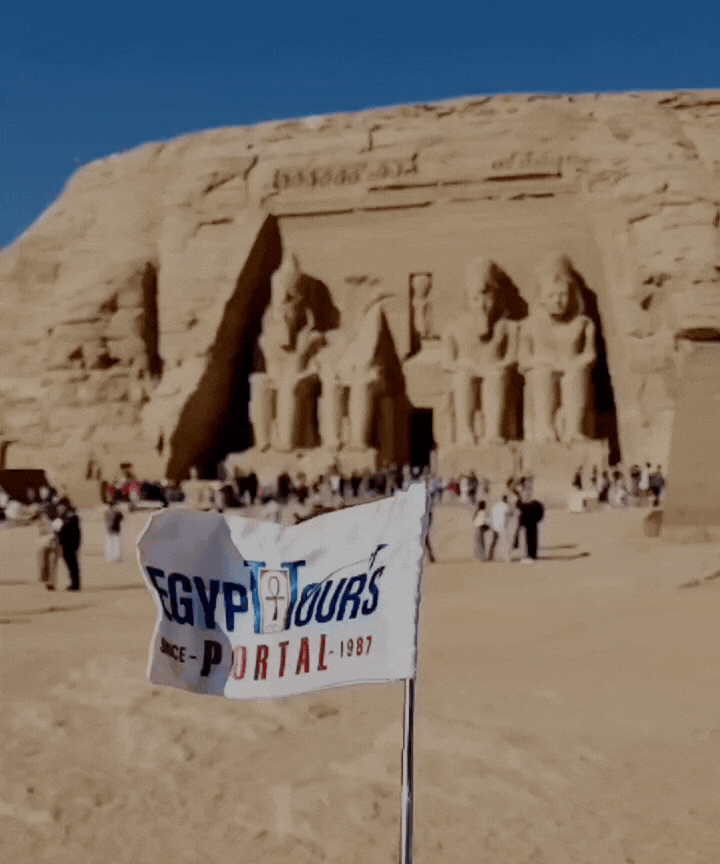
The Egyptian nobles were the architects of the kingdom’s success, bridging the gap between the ruling Pharaoh and the general populace. As administrators, priests, military commanders, and patrons of art and culture, they wielded significant power and influence, shaping the political, social, and religious landscape of one of history's most remarkable civilizations.
From their luxurious lifestyles and vast estates to their spiritual responsibilities as guardians of temples and patrons of the gods, the nobles left an indelible mark on Egypt’s legacy. By examining their hierarchy, contributions to governance, and cultural impact, we can better understand the profound importance of these elites in maintaining the kingdom’s stability and prosperity through the ages.
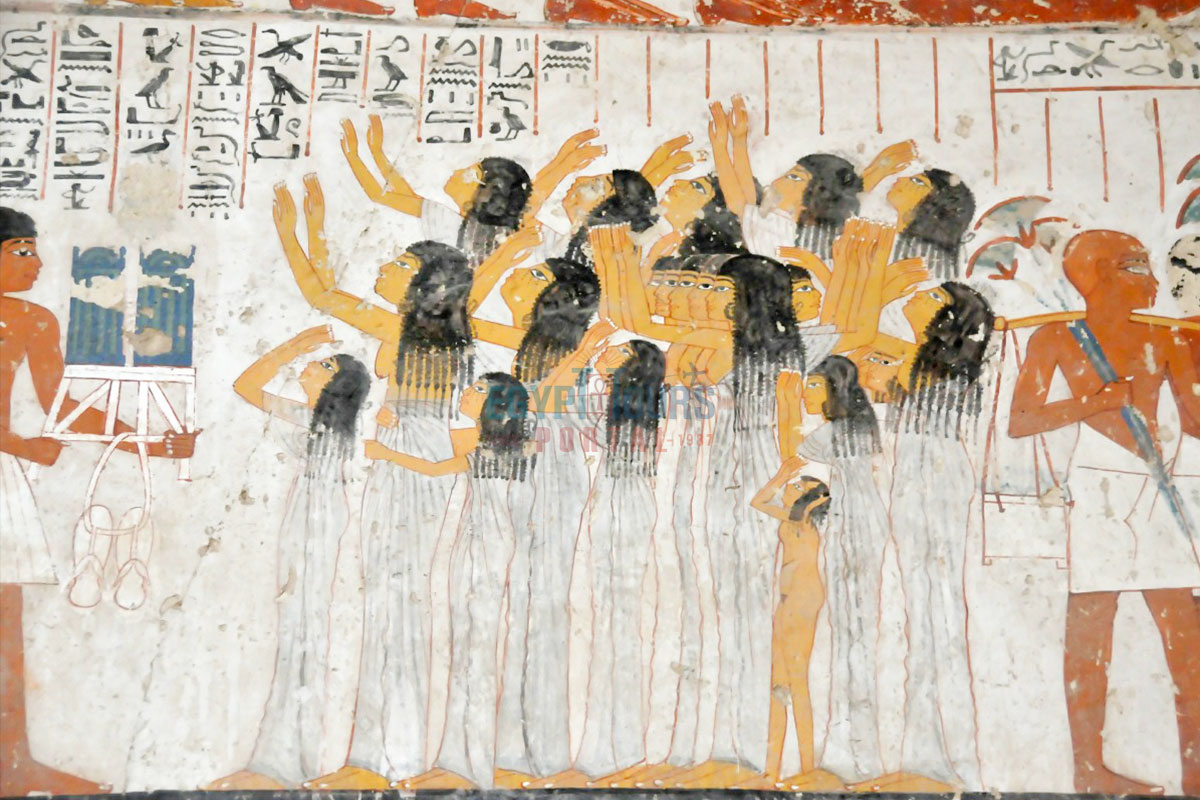
In ancient Egypt, nobles served as the administration's backbone, acting as intermediaries between the Pharaoh and the people. Their responsibilities included collecting taxes, managing agricultural production, overseeing infrastructure projects like canals and irrigation systems, and ensuring that local regions complied with royal policies.
During the Old Kingdom of Ancient Egypt (c. 2686–2181 BCE), nobles operated under the Pharaoh's direct supervision, but by the Middle Kingdom of Ancient Egypt (c. 2055–1650 BCE), they gained greater autonomy due to the decentralization of power. This autonomy allowed them to amass wealth and influence, but it also contributed to periods of instability, such as during the First Intermediate Period (c. 2181–2055 BCE).
Nobles were also tasked with supervising the military, serving as commanders in campaigns or as governors responsible for defending Egypt's borders. They organized labor forces for large-scale construction projects, including pyramids and temples, ensuring the Pharaoh’s grand architectural vision was realized. Their power extended into the judicial realm, where they acted as judges in local disputes, reinforcing both civil and religious law.

The noble class of ancient Egypt was a cornerstone of its civilization, functioning within a highly structured hierarchy. Each rank within the nobility carried specific duties that contributed to the kingdom’s stability, efficiency, and cultural legacy. Their influence extended across political, religious, and military domains, making them indispensable to the Pharaoh's rule.
The vizier was the most powerful figure in Egypt after the Pharaoh, responsible for the smooth functioning of the state. Often likened to a prime minister, the vizier managed an extensive portfolio:
Notable viziers included Rekhmire, who served under Thutmose III during the 18th Dynasty. His tomb inscriptions provide detailed accounts of his administrative duties and diplomatic interactions.
The nomarchs, or regional governors, managed Egypt's 42 nomes (administrative regions). Their responsibilities included:
During periods of strong central authority, such as the Middle Kingdom, nomarchs were carefully monitored. However, during times of political weakness, like the First Intermediate Period (c. 2181–2055 BCE), they became semi-autonomous, leading to regional rivalries and fragmentation.
The high priests, particularly those of Amun, held enormous power, especially during the New Kingdom of Ancient Egypt. Their responsibilities extended far beyond religious rituals:
Notable high priests of ancient Egypt, such as Herihor, demonstrated how the position could become a stepping stone to political dominance.
Nobles frequently served as military leaders, commanding troops in campaigns and defending Egypt's borders. Their military contributions included:
Military achievements elevated the social status of noble commanders, ensuring their legacy through inscriptions and monuments.
Explore more fascinating details about the daily routines, beliefs, and traditions of the Egyptians.
Read More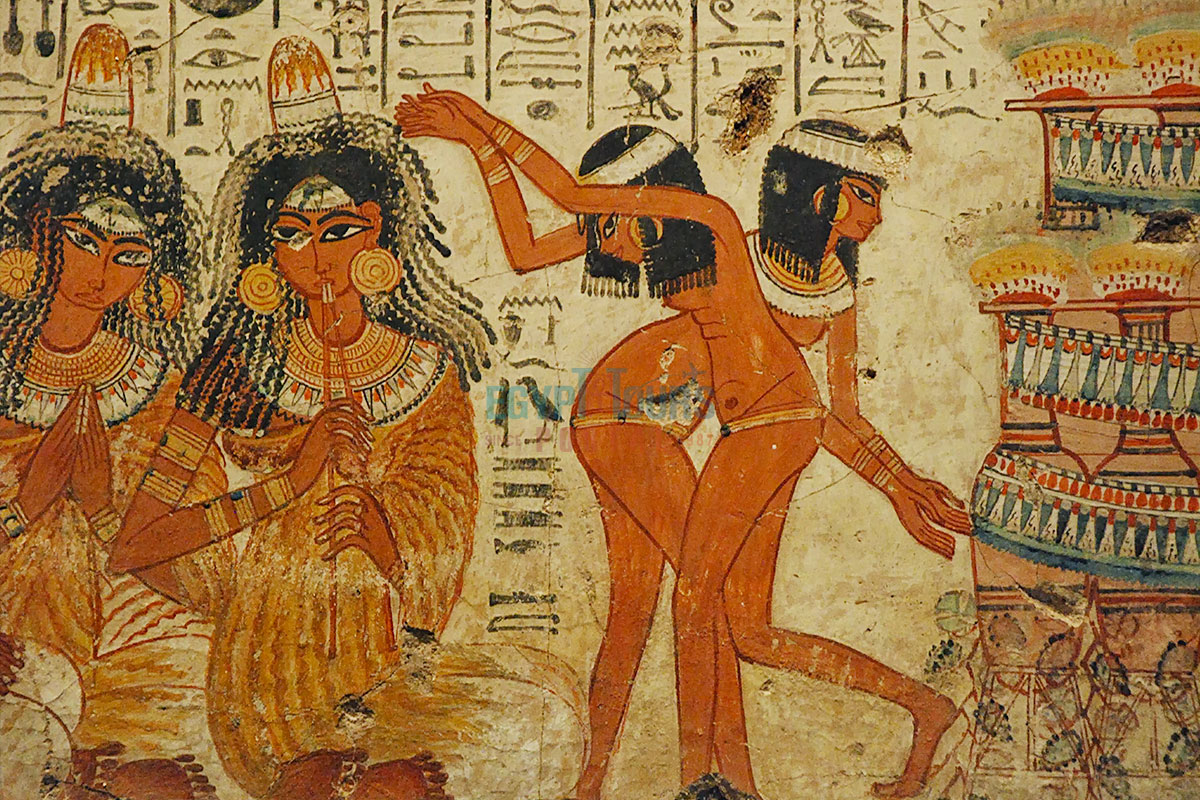
While ancient Egyptian society was patriarchal, women in ancient Egypt, especially noblewomen, wielded significant influence within their households, the court, and religious institutions. Their roles included:
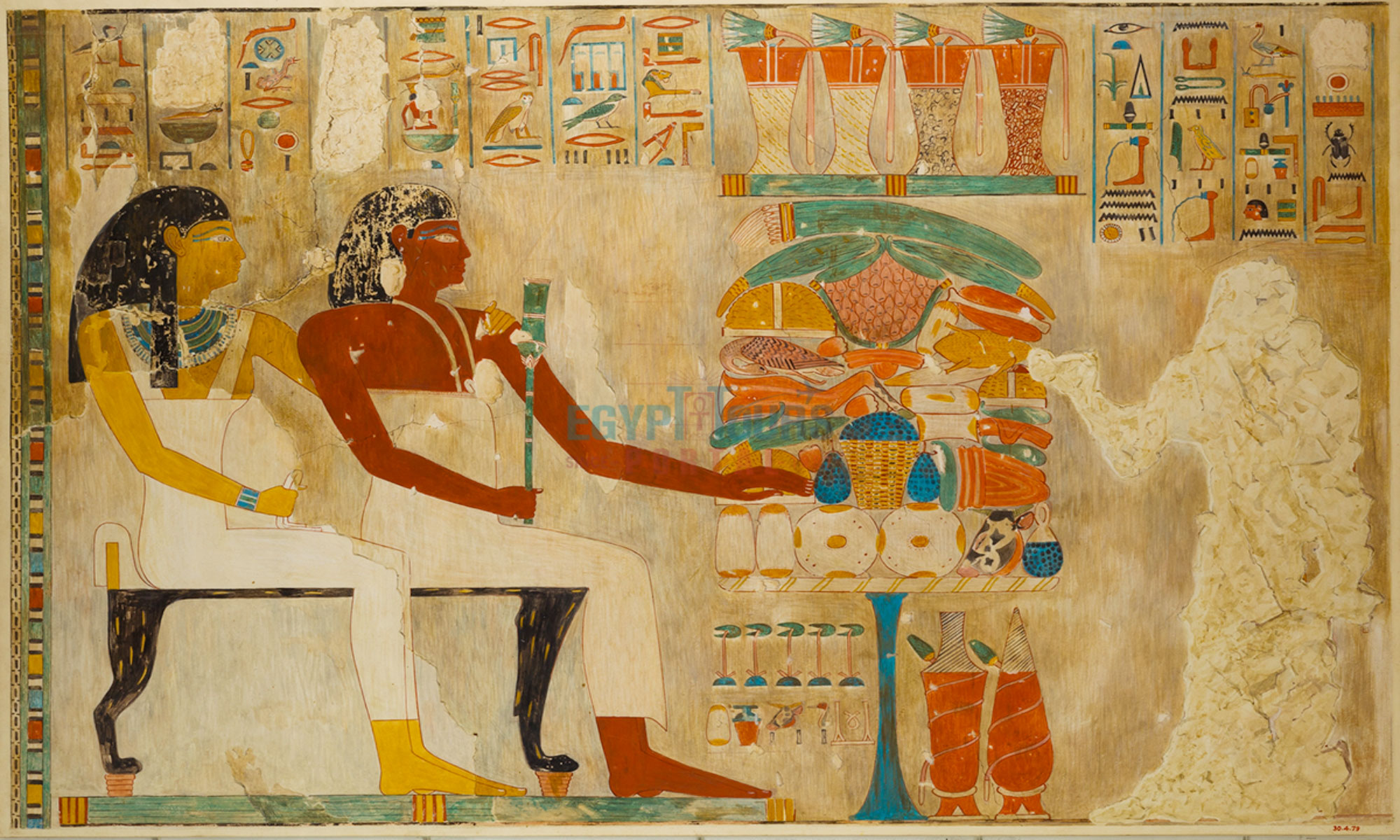
The wealth of the nobility was rooted in land ownership, often granted by the Pharaoh in recognition of service. Key aspects of their wealth included:
The Wilbour Papyrus, a Middle Kingdom document, highlights the complexity of land ownership and taxation, emphasizing the role of the nobility in Egypt’s economy.

Religion was central to noble life, and they served as key patrons of temples and rituals. Their contributions included:
The nobility's role as guardians of Egypt’s spiritual life solidified their influence and ensured their memory endured in both religious and secular contexts.
Explore more magnificent details about the rituals, beliefs, and customs of the religion of the ancient Egyptians.
Read More
The artistic and architectural legacy of the Egyptian nobility is unparalleled, as their wealth and status allowed them to commission works that symbolized their power, piety, and aspirations for immortality. Tombs of the nobles were not only places of burial but also celebrations of life and the afterlife.
These masterpieces of Ancient Egyptian Art were adorned with intricate reliefs and vibrant paintings depicting banquets, hunting scenes, agricultural activities, and religious ceremonies, offering invaluable insights into ancient Egyptian life and beliefs. For instance, the Tomb of Rekhmire in Thebes vividly portrays foreign delegations bringing tribute, a testament to Egypt’s extensive diplomatic and economic ties under Thutmose III’s rule.
The Valley of the Nobles near Luxor contains over 400 tombs of elite officials, each tailored to the individual’s achievements and beliefs. The Tomb of Ramose, a vizier during the reign of Amenhotep III and Akhenaten, showcases a unique transition in art styles, blending the traditional with the Amarna period’s distinctive realism.
Nobles also played a critical role in the construction and decoration of temples. They financed monumental temples such as the Temple of Karnak and Luxor Temple, contributing to expansions and adding chapels or pylons. Their patronage ensured the creation of colossal statues, obelisks, and reliefs depicting religious festivals. This collaboration between the nobles and skilled artisans elevated Egyptian art to its zenith.
Architectural innovations, such as rock-cut tombs during the Middle and New Kingdoms, reflected the elite’s emphasis on permanence and security in the afterlife. Nobles used their influence to commission false doors, serdabs (statues chambers), and hieroglyphic inscriptions, ensuring that their legacy would endure for eternity.
Explore more fascinating details about the Architectural works of the Ancient Egyptian Nobles.
Read More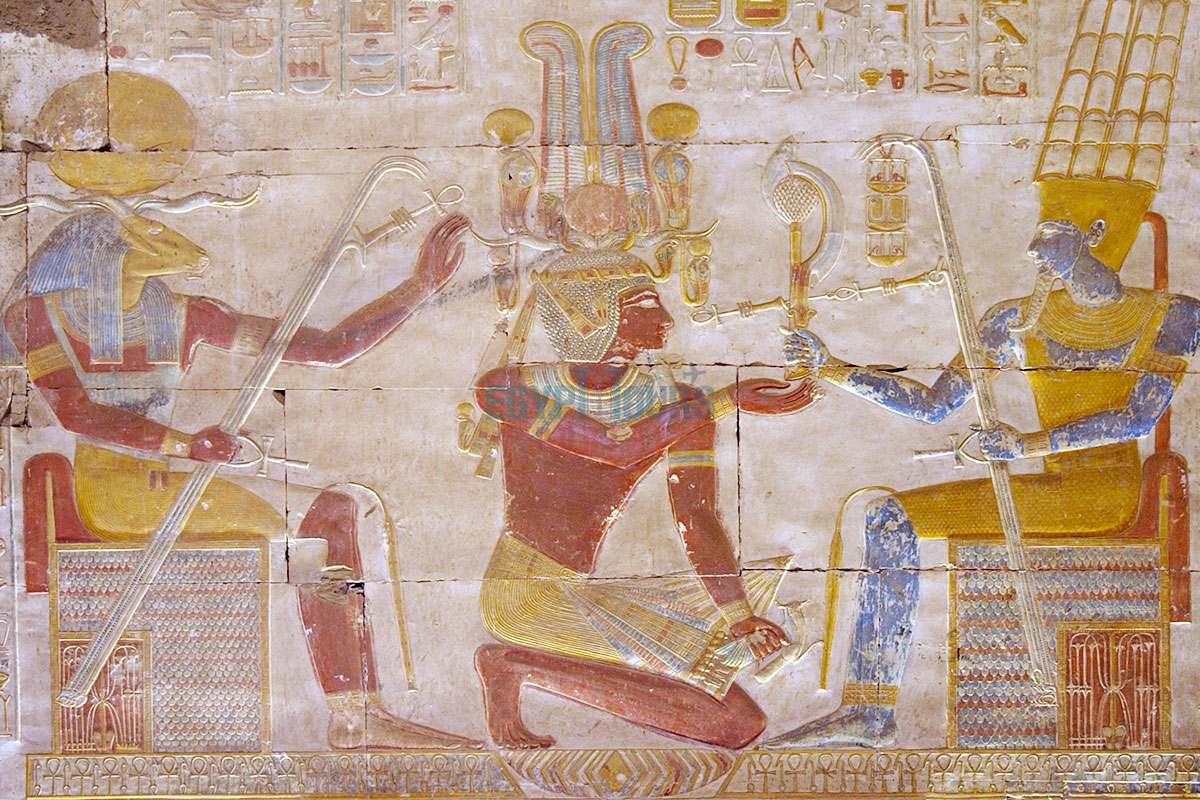
The interplay between the Pharaoh and the nobility was essential to Egypt’s stability. Nobles supported the Pharaoh’s rule by managing regional governance, providing military support, and financing religious and construction projects. In return, the Pharaoh granted them titles, privileges, and landholdings.
Periods of central authority, such as the Old Kingdom (c. 2686–2181 BCE), saw a tightly controlled relationship, with nobles acting as loyal agents of the Pharaoh. However, during times of weakened central power, such as the First Intermediate Period (c. 2181–2055 BCE), nobles in the provinces (nomarchs) began asserting their independence. This decentralization often led to internal strife and political fragmentation.
To counteract this, Pharaohs like Amenemhat I during the Middle Kingdom introduced reforms to diminish noble autonomy. He centralized the military, relocated the capital to Itjtawy, and replaced hereditary governors with appointed officials, ensuring loyalty to the throne.
Despite occasional power struggles, the nobility and Pharaohs shared a mutually beneficial relationship. For example, Thutmose III (r. 1479–1425 BCE) relied on his generals and administrators to maintain Egypt’s empire, while Ramesses II (r. 1279–1213 BCE) collaborated with nobles to achieve his architectural ambitions.
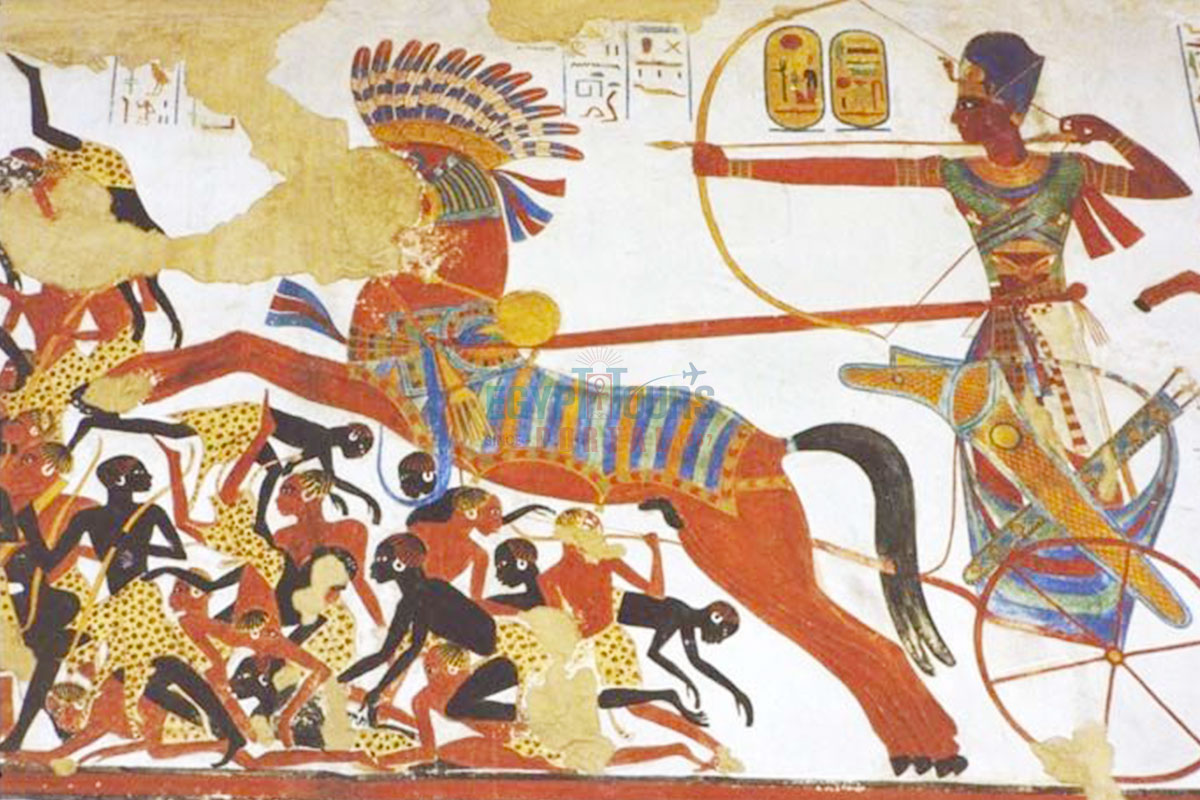
The Egyptian nobility played an indispensable role in the military, serving as commanders of armies and defenders of the kingdom. They led campaigns that expanded Egypt’s territory during the New Kingdom, securing control over Nubia and the Levant. Military achievements were often commemorated in inscriptions and monuments, immortalizing their contributions.
Fortresses like Buhen, established during the Middle Kingdom near the Nubian border, were overseen by nobles who managed garrisons and controlled trade routes. Nobles also participated in constructing strategic outposts along the Sinai Peninsula, protecting mining operations and ensuring the safety of Egyptian workers.
During major conflicts, such as the Battle of Kadesh (c. 1274 BCE) between Egypt and the Hittites, noble generals played crucial roles in planning and executing military strategies. Their expertise and loyalty were essential to maintaining Egypt’s security and influence.

The nobles’ patronage of education and the arts fostered a rich intellectual and cultural heritage. They established and supported scribal schools, where young elites learned mathematics, hieroglyphics, and administration. These schools produced the bureaucrats and record-keepers who maintained Ancient Egypt’s Economy and governance.
Nobles were also patrons of literature, commissioning works that reflected ethical teachings, administrative wisdom, and religious devotion. Ancient Egyptian texts like The Instructions of Ptahhotep (c. 2400 BCE) and The Story of Sinuhe were preserved through the efforts of noble scribes. These writings provided moral and practical guidance for governing and living a virtuous life.
In addition to literature, nobles funded advancements in astronomy, medicine, and architecture, ensuring that Egypt remained a beacon of innovation in the ancient world. They also supported artists and craftsmen, commissioning sculptures, jewelry, and ceremonial objects that highlighted their refined tastes and religious devotion.
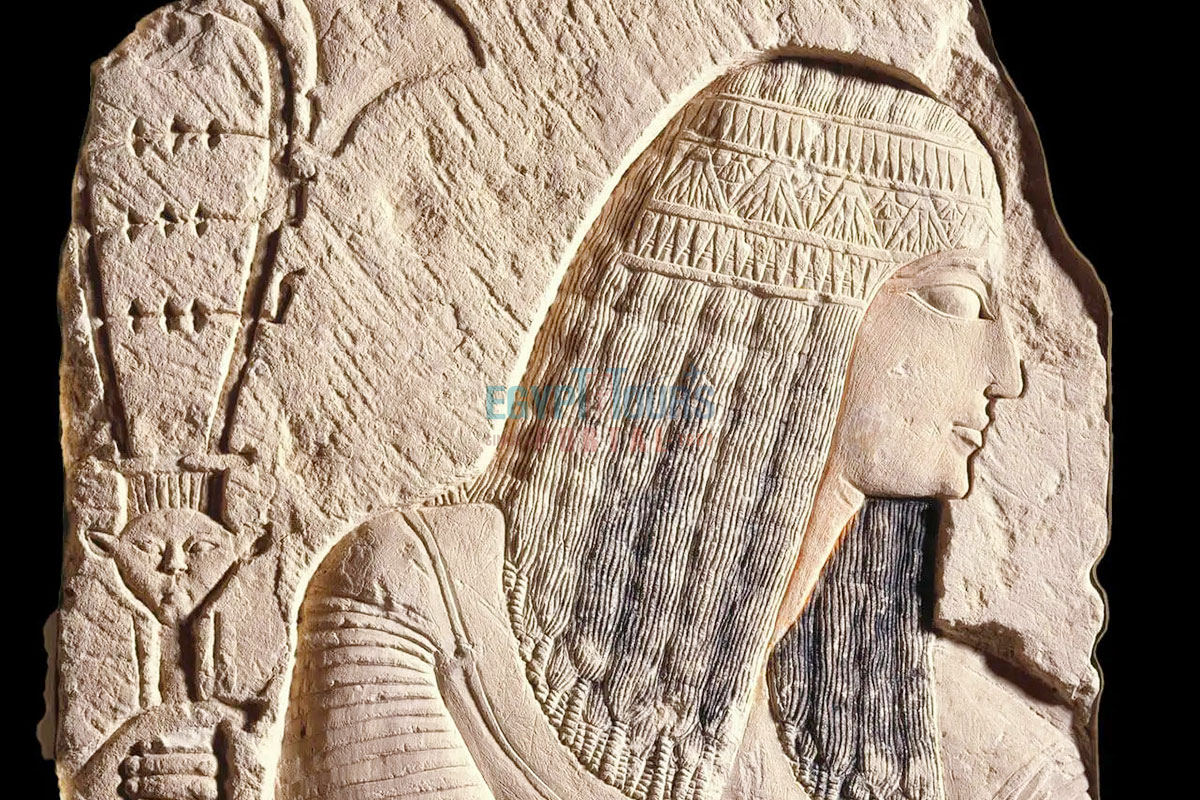
The influence of the nobility waned during the Late Period (c. 664–332 BCE) as foreign powers increasingly dominated Egypt. The centralization of authority under the Persians and later the Ptolemies replaced the traditional noble class with foreign administrators and military governors. Native Egyptian nobles retained some religious roles but lost much of their political and economic power.
During the Ptolemaic Period (305–30 BCE), the integration of Greek practices further marginalized Egyptian elites. Temples remained significant centers of power for noble priests, but their autonomy was curtailed by royal and foreign oversight.
Despite this decline, the legacy of the nobility endured through their tombs, inscriptions, and contributions to Egypt’s culture. Their patronage of art, literature, and religion ensured that the grandeur of ancient Egypt continued to inspire civilizations for millennia.
The significant role that the Egyptian nobility played in shaping the political, social, military, religious, and cultural landscape of ancient Egypt was powerful and effective. From their central position in governance to their influence in military and religious affairs, the nobility were indispensable in maintaining the stability and prosperity of the kingdom. Their roles extended across various domains, including administration, military leadership, temple patronage, and cultural contributions.
Despite their eventual decline in power, their legacy continues to influence Egypt’s historical and cultural heritage through monumental architecture, artistic achievements, and religious practices. Witness the luxury and majesty of the ancient Egyptian civilization by booking one of our marvelous Egypt Vacation packages and a magical Nile River Cruise that will make your time in Egypt worthy of cherishing.
Private 4 Days Cairo Tour Packages for Indian Travelers 4 days Cairo Egypt Tour pack...
Tour Location: Cairo – Giza...
5 Days Cairo and Alexandria Tour Package For Indian Travelers 5 days Cairo and Alexa...
Tour Location: Cairo/Giza/Alexandria...
6 Days Cairo, Luxor & Aswan Tour Package For Indian Travelers 6 days Cairo, Luxo...
Tour Location: Cairo/Giza/Aswan/Luxor...
Amazing 7 Days Cairo and Hurghada Holiday for Indian Travelers 7 Days Cairo & Hu...
Tour Location: Cairo – Giza – Hurgh...
The nobles were the upper class in Ancient Egyptian society, often consisting of high-ranking officials, military leaders, priests, and landowners who held significant power and wealth.
Nobles were responsible for overseeing local governance, managing lands, administering justice, and serving as advisors to the Pharaoh. Many also held positions in the priesthood and military.
Nobles enjoyed greater wealth, power, and luxury compared to common people. They had access to education, resources, and influential positions in the government and religious institutions.
Nobles often acted as intermediaries between the Pharaoh and the general population, with some holding influential positions such as viziers, governors, and military commanders.
Yes, nobles often owned vast estates, which they managed with the help of peasants. Land ownership was a significant source of their wealth and power.
Nobles supported the Pharaoh by ensuring the smooth operation of the state, administering tax collections, maintaining order, and providing military support during times of conflict.
Nobles lived in large, elaborate homes with luxurious furnishings and gardens. They enjoyed fine foods, and entertainment, and had access to education, art, and culture.
Nobles gained power through their service to the Pharaoh, military victories, religious influence, and family connections. Many nobles came from hereditary positions of power, while others rose through merit or royal favor.
Noble women could wield considerable power, often acting as influential advisors or ruling alongside their husbands. Some, like Hatshepsut, even ruled as Pharaohs in their own right.
The decline of the nobility, particularly during periods of political instability, led to a weakening of centralized control, contributing to civil strife, invasions, and the eventual fall of Egypt’s power in certain periods.
Yes, many nobles held significant religious roles, including high priesthoods, and played an essential part in religious ceremonies, temple administration, and the maintenance of Egypt's divine order.
The Pharaoh relied on the nobles for administrative support, military defense, and ensuring the enforcement of laws and decrees. In turn, nobles were loyal to the Pharaoh to secure their wealth and power.
Yes, many noble families held their positions for generations, with titles and land often passed down through hereditary succession. However, some nobles rose to power through service to the Pharaoh.
The entire country of Egypt deserve to be explored with its every heavenly detail but there are places that must be seen before any other such as the breathtaking Hurghada's red sea, The wonders of Cairo the pyramids of Giza, the great sphinx, the Egyptian Museum, Khan El Khalili Bazaar, the wonders of Luxor like Valley of the Kings, Karnak & Hatshepsut temple and the wonders of Aswan such as Abu Simbel temples, Philea temple, Unfinished obelisk and The Wonders of Alexandria like Qaitbat Citadel, Pompey's Pillar and Alexandria Library. Read more about the best places to visit in Egypt.
If you want to apply for a Visa On Arrival that lasts for 30 days then you should be one of the eligible countries, have a valid passport with at least 6 months remaining and pay 25$ USD in cash, as for the E-Visa for 30 day you should have a valid passport for at least 8 months, complete the online application, pay the e-visa fee then print the e-visa to later be presented to the airport border guard. You could also be one of the lucky ones who can obtain a free visa for 90 days. Read more about Egypt travel visa.
Egypt has a variety of delicious cuisines but we recommend “Ful & Ta’meya (Fava Beans and Falafel)”, Mulukhiya, “Koshary”, a traditional Egyptian pasta dish, and Kebab & Kofta, the Egyptian traditional meat dish.
The best time to travel to Egypt is during the winter from September to April as the climate becomes a little tropical accompanied by a magical atmosphere of warm weather with a winter breeze. You will be notified in the week of your trip if the Climate is unsafe and if any changes have been made.
You should pack everything you could ever need in a small bag so you could move easily between your destinations.
We have been creating the finest vacations for more than 20 years around the most majestic destinations in Egypt. Our staff consists of the best operators, guides and drivers who dedicate all of their time & effort to make you have the perfect vacation. All of our tours are customized by Travel, Financial & Time consultants to fit your every possible need during your vacation. It doesn't go without saying that your safety and comfort are our main priority and all of our resources will be directed to provide the finest atmosphere until you return home.
You will feel safe in Egypt as the current atmosphere of the country is quite peaceful after the government took powerful measures like restructuring the entire tourist police to include all the important and tourist attractions in Egypt. Read more about is it safe to travel to Egypt.
Wear whatever feels right and comfortable. It is advised to wear something light and comfortable footwear like a closed-toe shoe to sustain the terrain of Egypt. Put on sun block during your time in Egypt in the summer to protect yourself from the sun.
The best activity is by far boarding a Nile Cruise between Luxor and Aswan or Vise Versa. Witness the beauty of Egypt from a hot balloon or a plane and try all the delicious Egyptian cuisines and drinks plus shopping in old Cairo. Explore the allure and wonders of the red sea in the magical city resorts of Egypt like Hurghada and many more by diving and snorkeling in the marine life or Hurghada. Behold the mesmerizing western desert by a safari trip under the heavenly Egyptian skies.
There are a lot of public holidays in Egypt too many to count either religious or nation, the most important festivals are the holy month of Ramadan which ends with Eid Al Fitr, Christmas and new years eve. Read more about festivals & publich holidays in Egypt.
Egypt is considered to be one of the most liberal Islamic countries but it has become a little bit conservative in the last couple of decades so it is advised to avoid showing your chest, shoulders or legs below the knees.
Arabic is the official language and Most Egyptians, who live in the cities, speak or understand English or at least some English words or phrases. Fewer Egyptians can speak French, Italian, Spanish, and German. Professional tour guides, who work in the tourism sector, are equipped to handle visitors who cannot speak Arabic and they will speak enough English and other languages to fulfill the needs of all our clients.
The fastest way is a car, of course, a taxi. If you are in Cairo ride a white taxi to move faster or you could board the fastest way of transportation in Egypt metro if the roads are in rush hour.
The temperature in Egypt ranges from 37c to 14 c. Summer in Egypt is somehow hot but sometimes it becomes cold at night and winter is cool and mild. The average of low temperatures vary from 9.5 °C in the wintertime to 23 °C in the summertime and the average high temperatures vary from 17 °C in the wintertime to 32 °C in the summertime. The temperature is moderate all along the coasts.
It is the home of everything a traveler might be looking for from amazing historical sites dating to more than 4000 years to enchanting city resorts & beaches. You will live the vacation you deserve as Egypt has everything you could possibly imagine.









